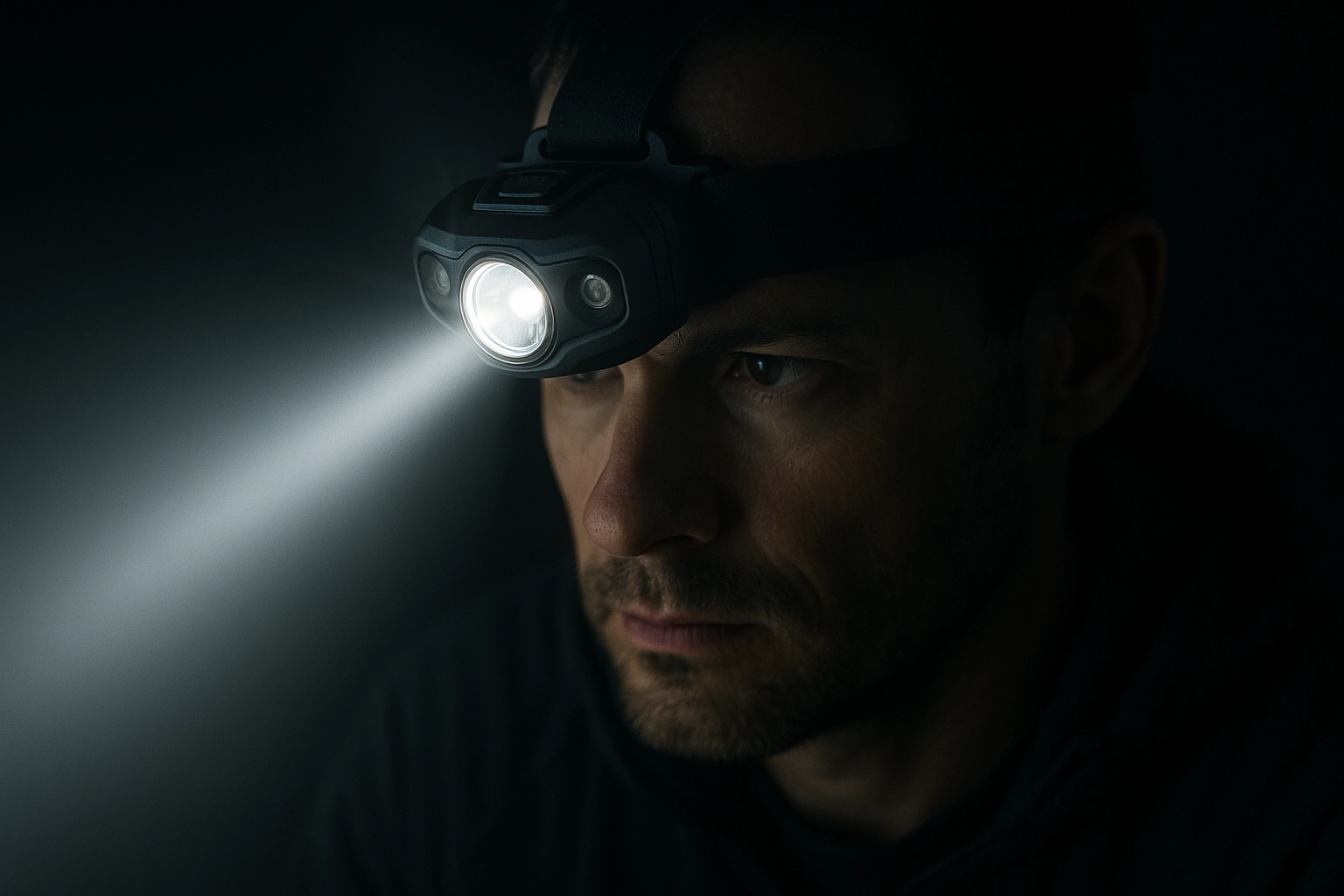IEC 61000-4-3 – Radiated RF Immunity Testing for Lighting Systems
The International Electrotechnical Commission (IEC) standard IEC 61000-4-3 specifies the test procedures and acceptance criteria for determining the radiated electromagnetic interference immunity of electrical and electronic equipment, including lighting systems. This testing is crucial to ensure that devices operate correctly in environments where they may be exposed to radio frequency (RF) radiation from transmitters or other sources.
Lighting systems, especially those used in automotive applications, must meet stringent electromagnetic compatibility (EMC) requirements. This includes the ability to withstand RF emissions without performance degradation. The standard is particularly important for automotive lighting components as it ensures that headlamps and other light-emitting devices function correctly under real-world conditions.
The testing procedure outlined in IEC 61000-4-3 involves exposing a specimen to controlled levels of radiated electromagnetic fields over specific frequency ranges. The aim is to evaluate the system’s immunity to interference from external RF sources, such as other vehicles or nearby electronic devices. The test setup typically includes an anechoic chamber equipped with appropriate antennas and measurement equipment.
For automotive lighting systems, the testing process begins with a thorough understanding of the device's intended use and potential electromagnetic environments it might encounter during operation. This information is used to select the appropriate frequency bands for testing, which may include UHF (Ultra High Frequency) and VHF (Very High Frequency). The test procedure also considers the spatial orientation of the specimen within the chamber, ensuring that all critical aspects are exposed to the RF field.
The acceptance criteria in IEC 61000-4-3 define the permissible limits for performance degradation under specified levels of electromagnetic interference. These criteria ensure that lighting systems maintain their intended functionality and meet safety and performance standards even when subjected to high-intensity RF fields. Compliance with these requirements is essential not only for ensuring product quality but also for avoiding potential hazards or malfunctions in critical applications.
In summary, IEC 61000-4-3 provides a standardized approach to assessing the radiated RF immunity of lighting systems. By following this procedure, manufacturers can ensure that their products meet international standards and perform reliably under various environmental conditions. This testing is particularly important for automotive headlamps, where any failure could lead to safety issues or operational disruptions.
Why It Matters
The importance of IEC 61000-4-3 testing cannot be overstated, especially in the context of modern automotive lighting systems. These components are integral to vehicle safety and performance, making their electromagnetic compatibility a critical factor.
- Enhanced Safety: Ensures that lighting systems continue to function correctly even when exposed to high levels of RF interference, which could be life-saving in emergency situations.
- Avoidance of Malfunctions: Prevents operational failures due to electromagnetic interference, ensuring reliable performance under various environmental conditions.
- Regulatory Compliance: Helps manufacturers meet international standards and regulatory requirements, facilitating smoother market access.
- Improved Product Quality: Identifies potential design flaws early in the development process, allowing for necessary improvements before production begins.
In addition to these benefits, testing according to IEC 61000-4-3 also contributes to reducing the risk of product recalls and lawsuits. By demonstrating compliance with this standard, manufacturers can build trust with consumers and regulatory bodies alike.
Benefits
- Enhanced Reliability: Ensures that lighting systems perform consistently under various electromagnetic conditions, reducing the risk of operational failures.
- Increased Safety: Guarantees that critical components continue to function correctly in potentially hazardous situations.
- Better Customer Satisfaction: By meeting international standards, manufacturers can build trust and confidence with their customers.
- Avoidance of Regulatory Penalties: Compliance helps avoid fines or other penalties associated with non-compliance.
The benefits extend beyond the product itself to include improved brand reputation and market competitiveness. By adhering to IEC 61000-4-3, manufacturers demonstrate their commitment to quality and reliability, which is essential for maintaining a positive market presence.
Quality and Reliability Assurance
The implementation of IEC 61000-4-3 testing is integral to the overall quality assurance process in automotive lighting systems. By incorporating this testing into their development and production processes, manufacturers can identify potential issues early on, ensuring that only high-quality products reach the market.
This testing not only helps in meeting regulatory requirements but also ensures that products perform reliably under a wide range of conditions. The use of an accredited laboratory for these tests adds another layer of assurance, as it confirms that the results are accurate and consistent across multiple batches or production runs.
The process involves rigorous documentation and record-keeping to ensure traceability and accountability throughout the testing and manufacturing processes. This approach not only enhances product quality but also helps in maintaining a robust supply chain that can adapt to changing market demands and regulatory environments.





